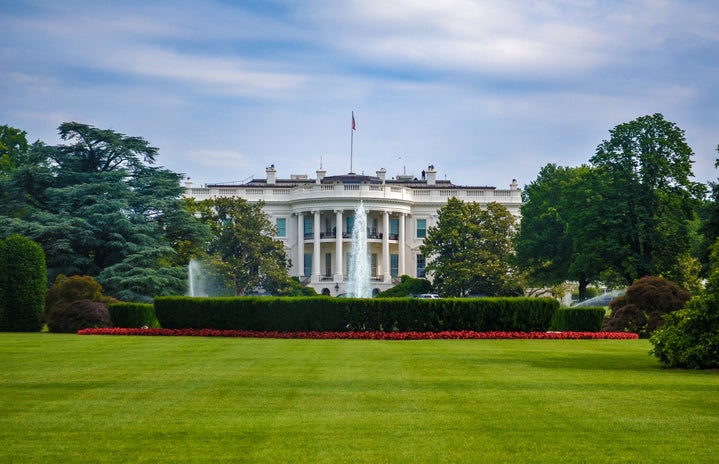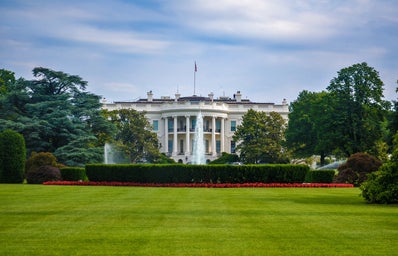There are now seven major candidates vying for the Democratic presidential nomination, and the field is breaking records in all categories. 2016 was a breakthrough for women when former State Secretary Hillary D. Clinton became the first woman to win a major party nomination for president. 2020’s election cycle will see not one or two women running for the White House, but already four (and that’s only the ones who have officially declared). Not only that, four of seven candidates are from minority races, putting on display the inclusivity that is the Democratic party.
Another big difference in this cycle is the array of ideologies presented by the currently seven candidates. In 2016, Sanders and his supporters were in the party’s minority. No matter what side you were on, it’s a fact that Clinton received 3.7 million more votes than Sanders. But for 2020, Democratic voters have essentially required that a more left than left-of-center platform be embraced by presidential hopefuls. This hasn’t stopped moderates like former Representative John K. Delaney (MD-06) or Senator Amy J. Klobuchar (MN) from running, and because of candidates like them, the 2020 primaries will likely serve as another party poll on which ideology Democratic voters prefer.
Early polling suggests that the moderate wing of the party still has an edge over the progressive wing. Key word there is “suggests.” By looking at polling averages for potential and declared candidates, and then adding up the average support for all moderate candidates and all progressive candidates, the moderate wing’s support is somewhere in the 40s, while the progressive wing is somewhere in the 30s. That’s a very raw estimate, though, and, because it’s only February 2019, many voters are still undecided.
But who would be best to take on the current president? Democrats were sure that Clinton would be the victor in 2016, but she fell short in the Midwest and other states. Perhaps Klobuchar, a moderate from Minnesota, is the answer, then. However, in the 2018 primary season, we saw many districts in which progressive Democrats won. Does that mean Democrats need Warren, a progressive firebrand from Massachusetts? In fact, instead of pointing to where each ideology could be advantageous, we can look at one demographic that helped Democrats win back control of the House in November: women. Exit polls right after the midterm election showed that suburban districts of incumbent Republicans were won by Democrats thanks to a surge of support by women.
And what do we see? Out of seven declared candidates, a majority are women. This mirrors the surge of support by women in the midterms as well as the record number of women in the new Congress. Now into our second year of the Trump administration, it’s clear Americans want a change. Who better to lead that change than a woman?



